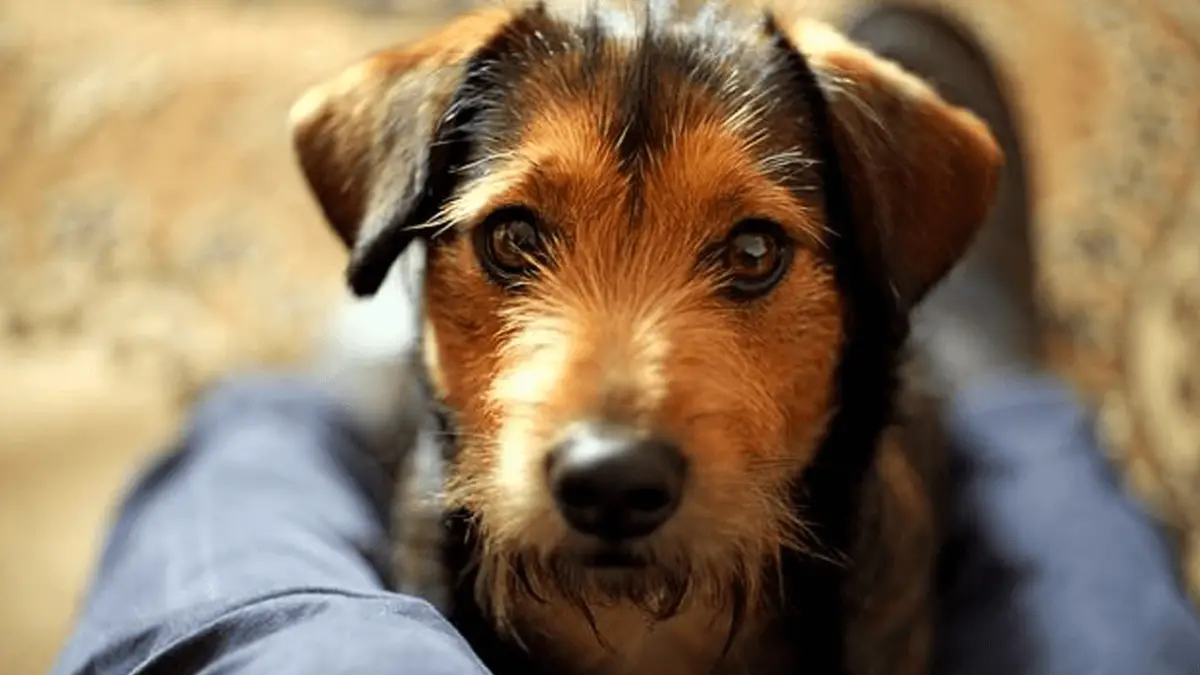Staph Infection in Dogs: Causes, Symptoms & Treatment
02.03.2022.
Like humans, dogs can get different infections. One of those infections is a staph infection, which mostly happens on the dog’s skin. This infection mostly occurs on wounds or irritations sites, but that is not a strict rule. Staph infections can affect any part of the dog’s body. If you noticed something weird about your dog’s skin or you think your dog might have a staph infection, here are a few things you should know.
What is a staph infection in dogs?
A staph infection in dogs is a bacterial infection. More precisely, it is an infection caused by the Staphylococcus bacteria. We briefly mentioned that it mostly appears on the dog’s skin, but it can affect different parts of the dog’s body, even its internal organs. Staph infections in dogs are treatable, but the owner needs to be vigilant and make sure they notice staph infection symptoms, so the vet can start the treatment.
RELATED: Pannus in Dogs: Clinical Signs, Symptoms & Prognosis
What causes staph infections in dogs?
This type of infection is caused by the Staphylococcus bacteria. However, the interesting thing is how the infection actually happens. This bacteria is naturally present on the dog’s skin. Usually, the dog’s skin “defense” will not let the bacteria enter the deeper skin layers. On the skin’s surface, Staphylococcus causes no harm. However, when a dog scratches itself a bit too hard, gets a wound, chews, or overly licks the skin, the bacteria might enter the skin and cause infections.

This is not the only possible cause of staph infections in dogs. In some cases, dogs that get in contact with contaminated things and the bacteria enter through the dog’s nose, mouth, or eyes can get staph infections. They can also get it from improperly sterilized medical equipment.
RELATED: Dog First-Aid Kit - 10 Things It Needs to Contain
What are the symptoms of staph infection?
The exact symptoms and clinical signs of staph infection can differ. The main difference is the area the infection happened. For example, a dog will exhibit different symptoms for skin staph infection than for kidney staph infections. Since most staph infections are connected to the dog’s skin, most symptoms are related to that. Dog owners usually notice changes, which is when they call their vets and ask for a checkup. Here are the most common symptoms of staph infections in dogs;
- Abscesses
- Hair loss
- Pain
- Skin inflammation
- Itchiness
- Pus around the wound
- Rash
- Appetite loss
- Fever
The last two symptoms, fever and appetite loss, are usually connected to internal staph infections in dogs. Dogs whose organs are infected will exhibit symptoms of many different diseases.

Staph infection treatment
In general, bacterial infections are treated with antibiotics, and staph infections are no different. The vet will prescribe a topical antibiotic cream or ointment in most staph infection cases. That is usually when the infection happens on the dog’s skin. In some cases, the vet might suspect the infection could spread to the dog’s internal organs. In those cases, the vet might prescribe oral antibiotics.
RELATED: Atopica for Dogs: Usage & Side Effects
If the infection happens through the dog’s skin, the vet must treat the underlying cause of the wound, especially if it is self-inflicted. Dogs that scratch too much might be irritated by something. In many cases, the dog is having a reaction to an allergen from their environment. Staph infections can return if the allergen is not removed and the dog’s itchiness doesn’t disappear.
Internal staph infections might require other measures as well. The vet should assess the damage the infection did to the dog and decide what the next steps should be. If the dog has a severe infection, the vet might have to perform surgery, drainage, or remove the damaged tissue. If you noticed anything weird about your dog, or you think your dog might have a staph infection, call your vet and schedule an appointment. The sooner the infection is uncovered, the sooner the vet can administer the meds.
World Dog Finder team







Share